Qualification of grain oriented, additively manufactured tungsten
2025 Research Campaign, Thrust: FPP Candidate Wall Materials
Purpose of Experiment
This 0.5 day PhD student experiment will be investigating the qualification of tungsten (W) samples produced through Additive Manufacturing (AM) under fusion reactor relevant heat and particle fluxes using DiMES. The samples will vary in grain orientations (dominantly (001) or (111)), geometries (flat and angled) as well as sample orientation parallel (II) and perpendicular (⟂) to build direction. These variations in manufacturing are expected to provide results on their impact on mechanical properties and erosion rates. The generated data will help to advance the Technical Readiness Level (TRL) for AM-W towards potential application in fusion system components. The main challenge with AM-W is to manufacture and reproduce high density (low porosity) W, which has been accomplished in recent years. A key feature of the AM process is the control of grain orientation through tuning of manufacturing parameters. While AM-W has demonstrated promising performance during controlled laboratory testing and initial exposures in DIII-D, further R&D is needed to understand how variations in AM-W sample manufacturing parameters and grain orientation can minimize crack formation under thermal stress. 3.
